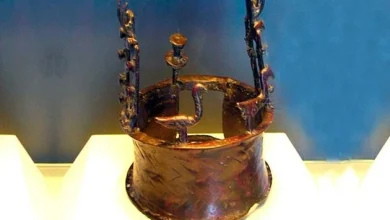Middle ages in Rome: how talking statues appeared
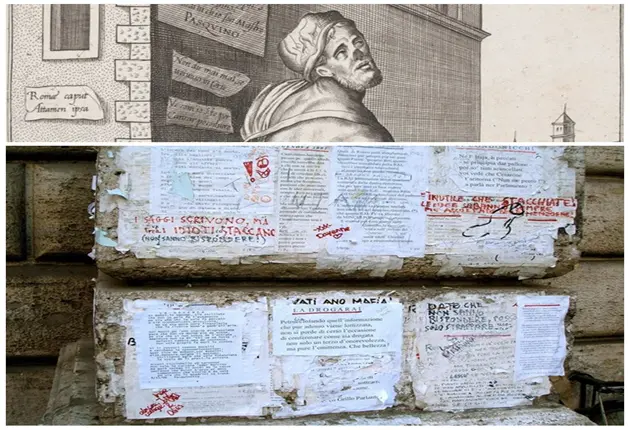
For several centuries, the people of Rome expressed their dissatisfaction with the authorities’ policies in a very eccentric way. They composed satirical missives ridiculing monarchs, nobles, and even the Pope and placed them on the statues that adorned the city streets.
Such anonymous messages often went beyond the topic, and people began using the correspondence on the statues as communication and a banal noticeboard. The sculptures became famous worldwide as the “talking statues of Rome” or the Congregation of Wit.
How the first libel came to be
One of the first to be criticized was Pope Nicholas V. He was the head of the Catholic Church from 1447 to 1455. To say that he was such a bad leader is not true. To this day, this pontiff is considered a key figure of the Roman Renaissance. He played a vital role in making the great city of Rome a center of art and literature.
He also contributed significantly to the city’s infrastructure and its transformation. He strengthened the walls, rebuilt aqueducts, and reconstructed many churches.
It was also Nicholas who commissioned the design of the building that eventually became St Peter’s Basilica.
The Pope also helped create the Vatican Library and saved thousands of priceless ancient manuscripts from destruction when the Turks conquered Constantinople.
Unfortunately, ordinary people did not appreciate the pontiff’s labor, and eventually, a conspiracy was formed against him to overthrow him. The Pope managed to uncover the plot and capture the perpetrators.
He ordered them hanged. This decision was fiercely criticized, and the result was a mocking pamphlet: “Nicholas is both pope and murderer, rivers of blood are pouring in Rome, but there is no guilt at all.”
Rome’s talking statues
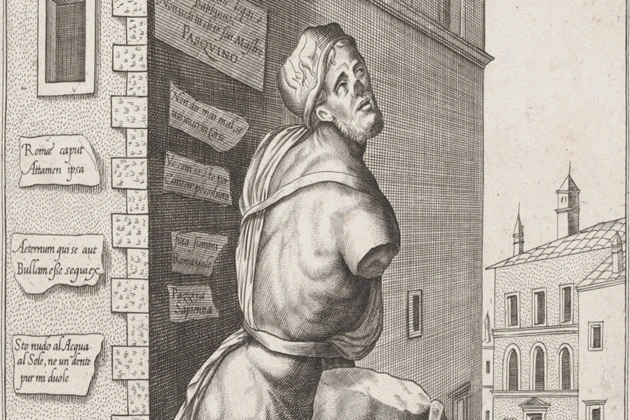
The most famous of the six talking statues in Rome is a rather shabby Hellenistic-style sculpture. It dates from the 3rd century BC and is called Pasquino. It was discovered in a Roman neighborhood called Parione in the 15th century and installed on the corner of Palazzo Braschi.
On St Mark’s Day, the Cardinal organized a yearly Latin literary competition. The competition poems were posted on the statue. Sometimes, people posted their works there outside the contest as well. Thus, in time, Pasquino became Rome’s first talking statue.
Usually, the leaflets were left at night under the cover of darkness. In the morning, people traditionally gathered there to read the novelties before they were removed by order of the authorities. Pope Adrian VI (1522-23) even threatened to throw the unfortunate statue into the Tiber to end the outrage.
The pontiff feared that doing so would only make things worse and that the people would ridicule him for fighting with the statue. Therefore, he increased the penalties for posting unauthorized messages and put the sculpture under surveillance.

This had very unexpected consequences – people turned to other sculptures that adorned the streets of Rome. The majestic monument of the river god Marforio, located at the foot of Capitoline Hill, was the first victim. Then, others followed. The “talking” statues became more and more.
Then, they even began to “communicate” with each other. Marforio once “asked”: “Pasquino, why is oil so expensive?” to which Pasquino “replied”: “Because Napoleon needs it to fry republics and anoint kings.” A little later, statues began to mock Camilla, the sister of Pope Sixtus V.
She came from a peasant family, but she began to get a little too uppity and pretend to be a person of blue blood. This time, Marforio “asked”: “Hey, Pasquino, why is your shirt so dirty? You look like a coal merchant!” Pasquino “answered,” “What can I do? My laundress has become a princess!”
One of the most famous satirical libels was dedicated to Pope Urban VIII Barberini (1623-44). He ordered the bronze from the Pantheon to be melted down for use in the construction of St Peter’s Basilica.

Marforio said, ‘ What the barbarians failed to do in their time, Barberini succeeded in doing.’ In 1679, as part of the fight against this ugliness and under the pretext of preserving the magnificent antique sculpture, the Marforio was moved to the courtyard of the Palazzo Nuovo. There, it is missed to this day.
Still relevant today
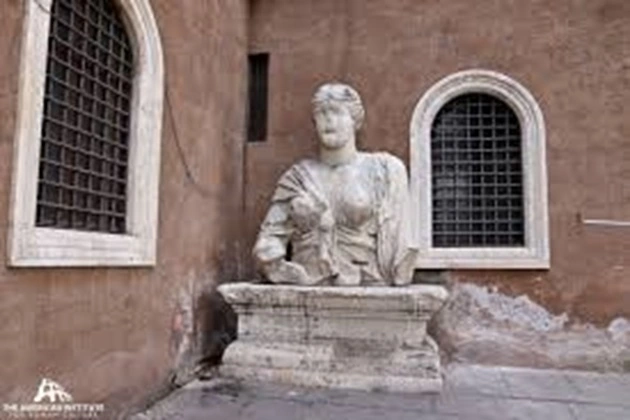
Pasquino is still used today to post satirical missives about those in power. In 2011, when several obscene scandals erupted around the figure of the then-Italian Prime Minister Silvio Berlusconi, the libels began to appear again.
They were stuck to the statue on small stickers. In this way, Berlusconi was ridiculed for quite a long time. When Pasquino was restored, it was wrapped in a cloth. A wit stuck a note on it: “You can hide Pasquino, but you can never silence him.”
A special term even appeared—”Pasquinade.” It literally means a pamphlet or satire displayed in a public place. It is used not only in Italy but all over the world.
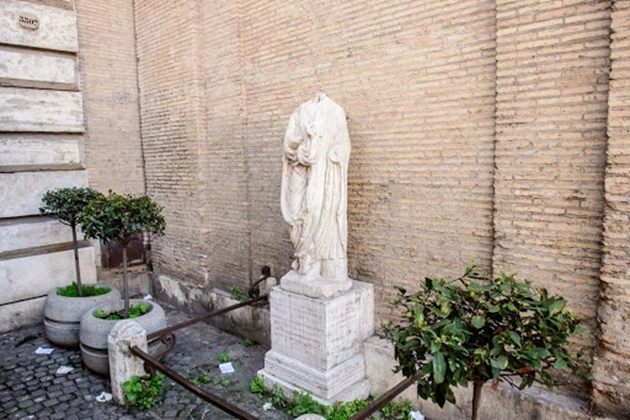
Today, the sculpture of a headless man holding a scroll is called Rome’s last talking statue. It was named in honor of a priest who served in a nearby church and was strikingly similar to him—Abbot Luigi.
The statue’s pedestal is adorned with an ironic inscription: “I was once a citizen of great Rome. Now they call me Abbot Luigi. Together with Marforio and Pasquino, I perpetuate the city’s satire. I have been insulted and humiliated, executed and buried, but now I have been reborn in glory and am finally in absolute safety.”



